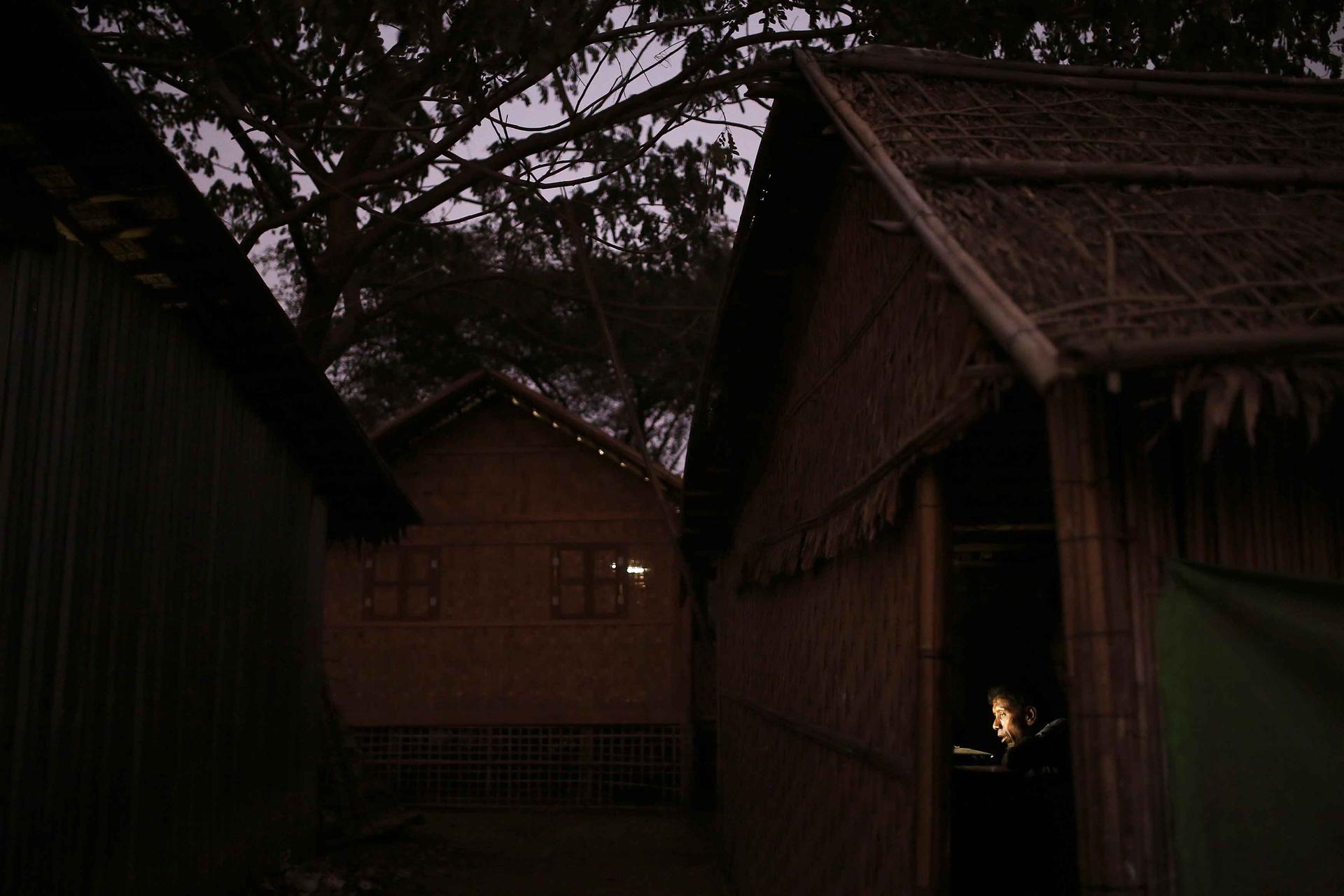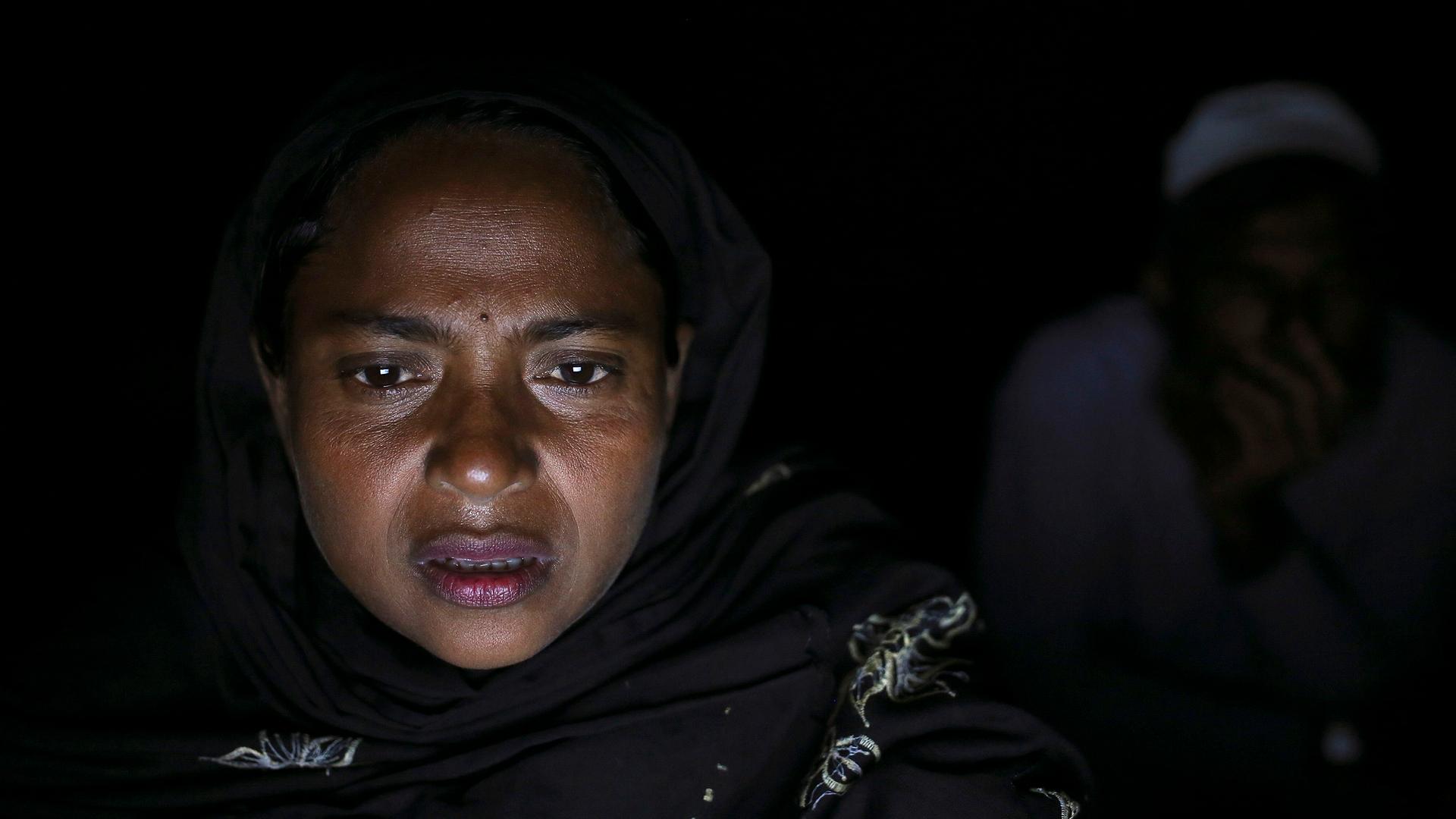The heartbreaking look of sadness and desperation on the faces of stateless Rohingyas
Salima, a Rohingya woman, talks to her husband, son and daughter, who are all being held by traffickers abroad, from an Internet hut in Thae Chaung village. She has to pay $600 and they discuss how to raise it.
Photographer Minzayar (he goes by one name) often travels to displaced Rohingya Muslim camps in western Myanmar (formerly Burma) to capture images of daily life of a mostly stateless people living in grim conditions.
On a recent assignment, he came across a camp in Sittwe and noticed the glow of computers inside one building. Then he heard the people inside shouting at the screens.
The photo he snapped of the Internet hut stuck with him — a face illuminated by technology with an dramatic expression of someone connecting to family in the outside world.
When Minzayar came back to take more photos in the Internet huts, he was hoping to capture images filled with the joy of loved ones seeing each other for the first time in a long while.
He encountered some smiles, but also something more serious — impoverished people desperately trying to work out the payment details for traffickers on the other end of the video call, trying to win the freedom of their family members.
"These conversations are very sensitive and intimate," he says. "Sometimes people cry and I would give them a tissue to wipe off the tears. Some women would be very worried about their families."
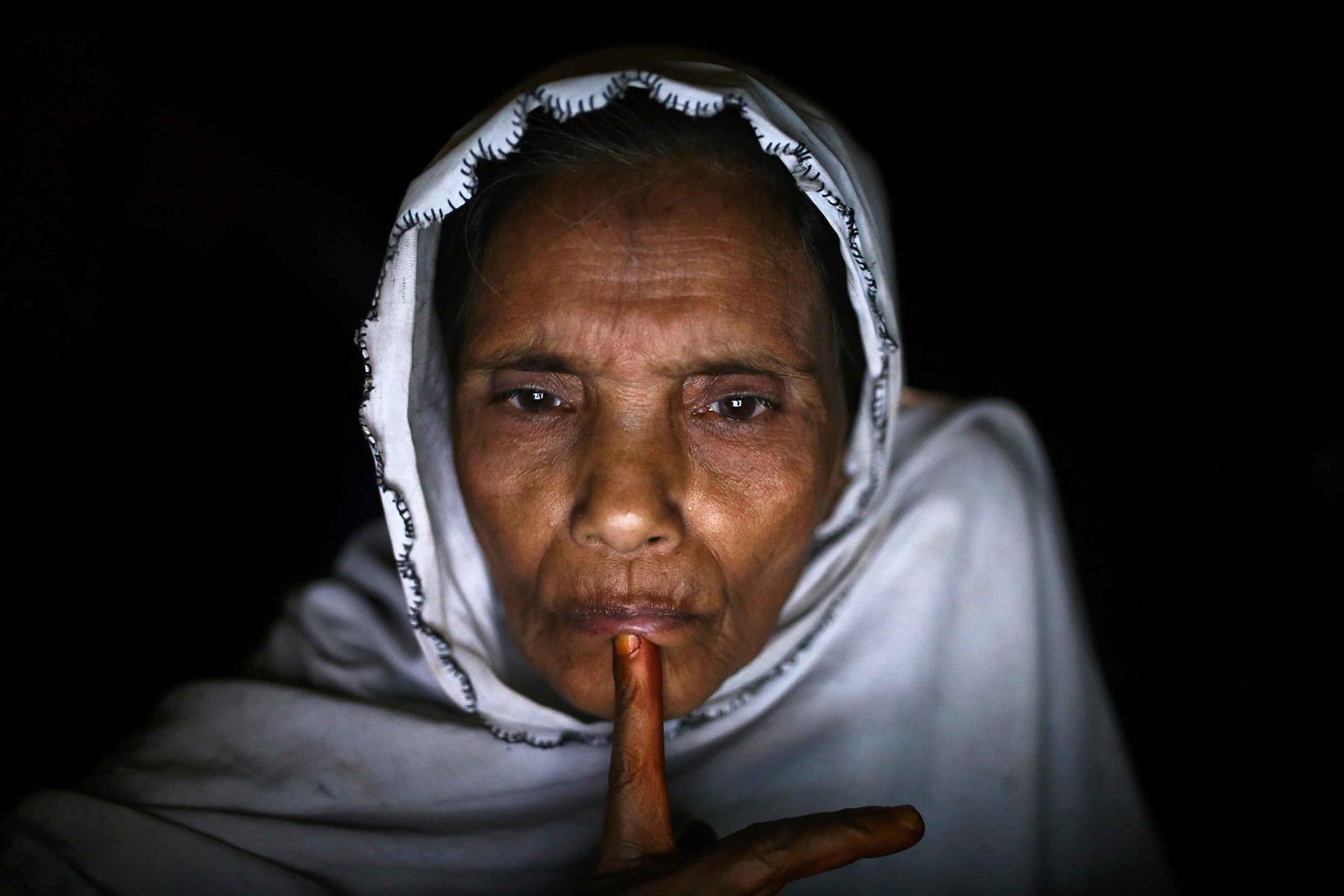
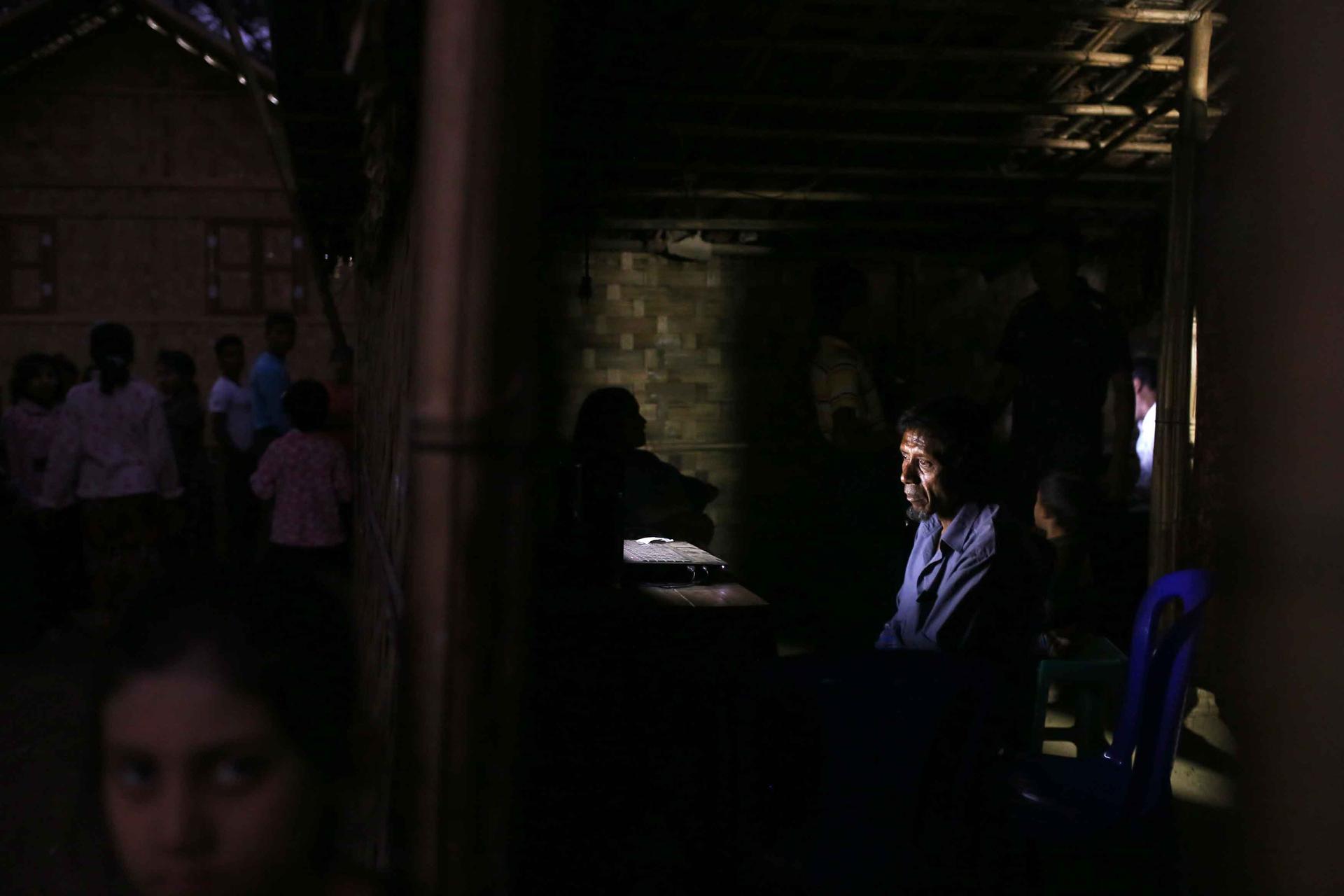
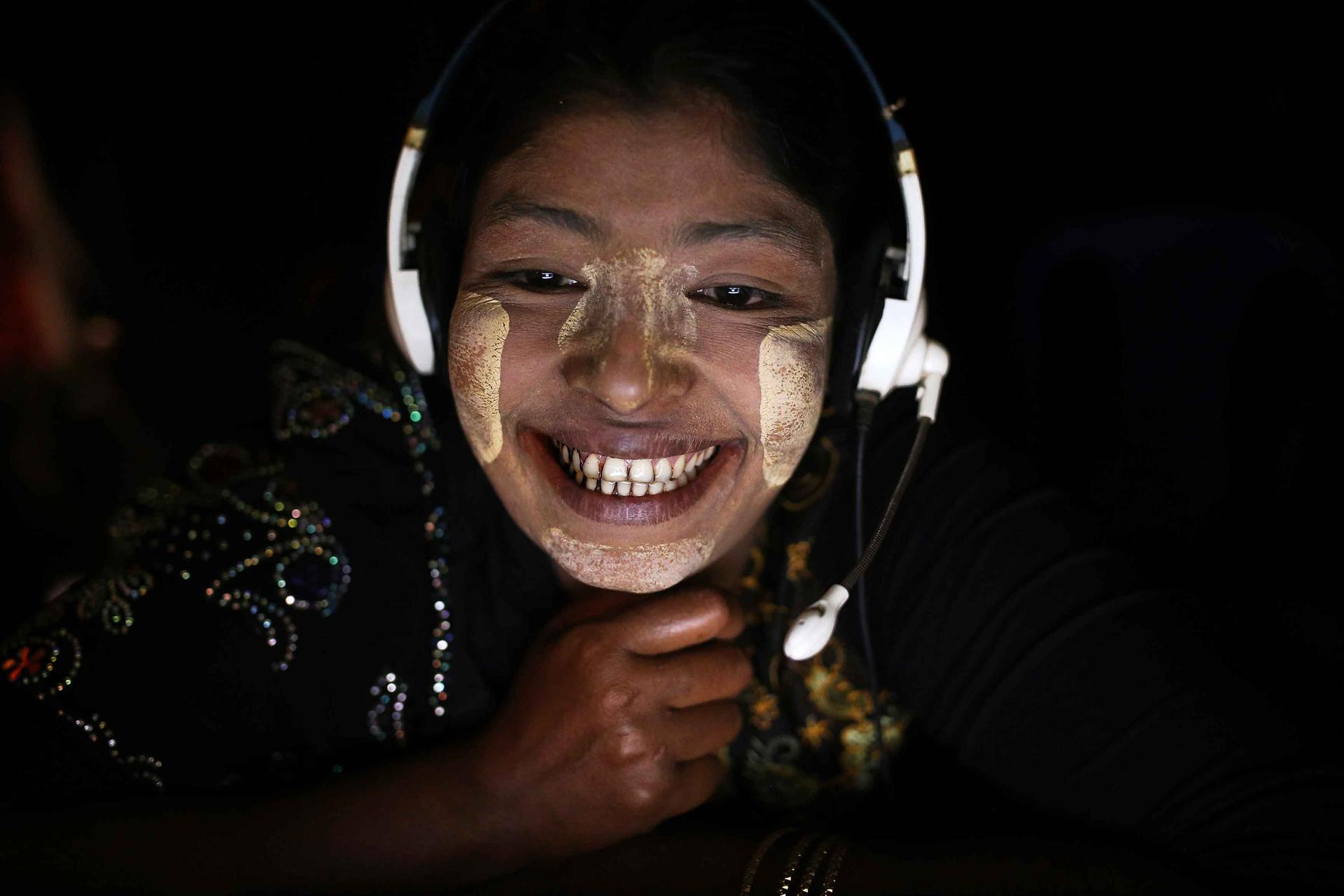
Minzayar admits that when he first started the project, he didn’t even think about the trafficking problem. He just wanted to photograph the Rohingya women speaking with their husbands working in Malaysia. It was supposed to be positive.
"Then when I actually spent time in these huts, I realized it was way more than I thought," Minzayar says. "The problems that they are dealing with are much bigger than I thought. It was a really emotional time."
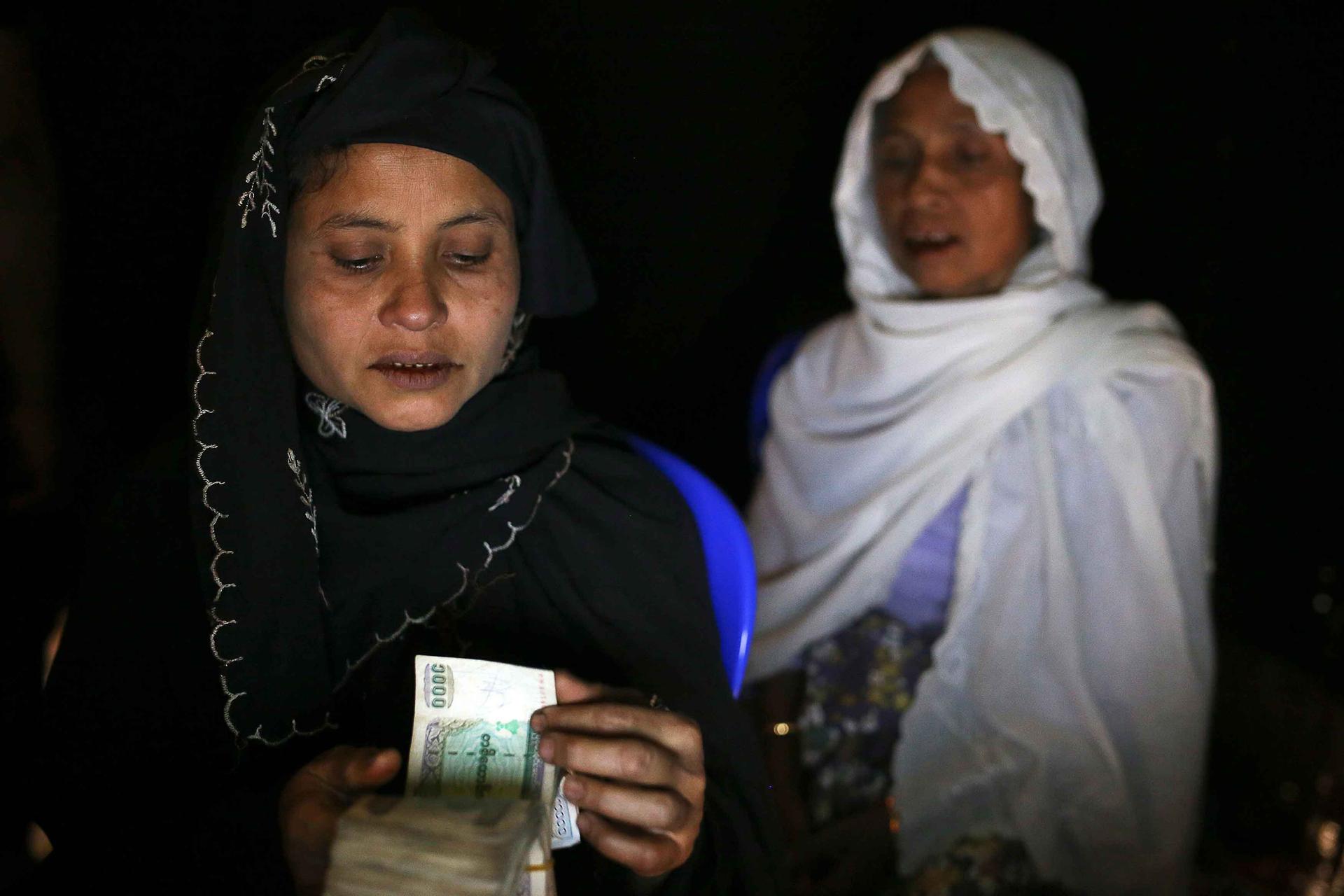
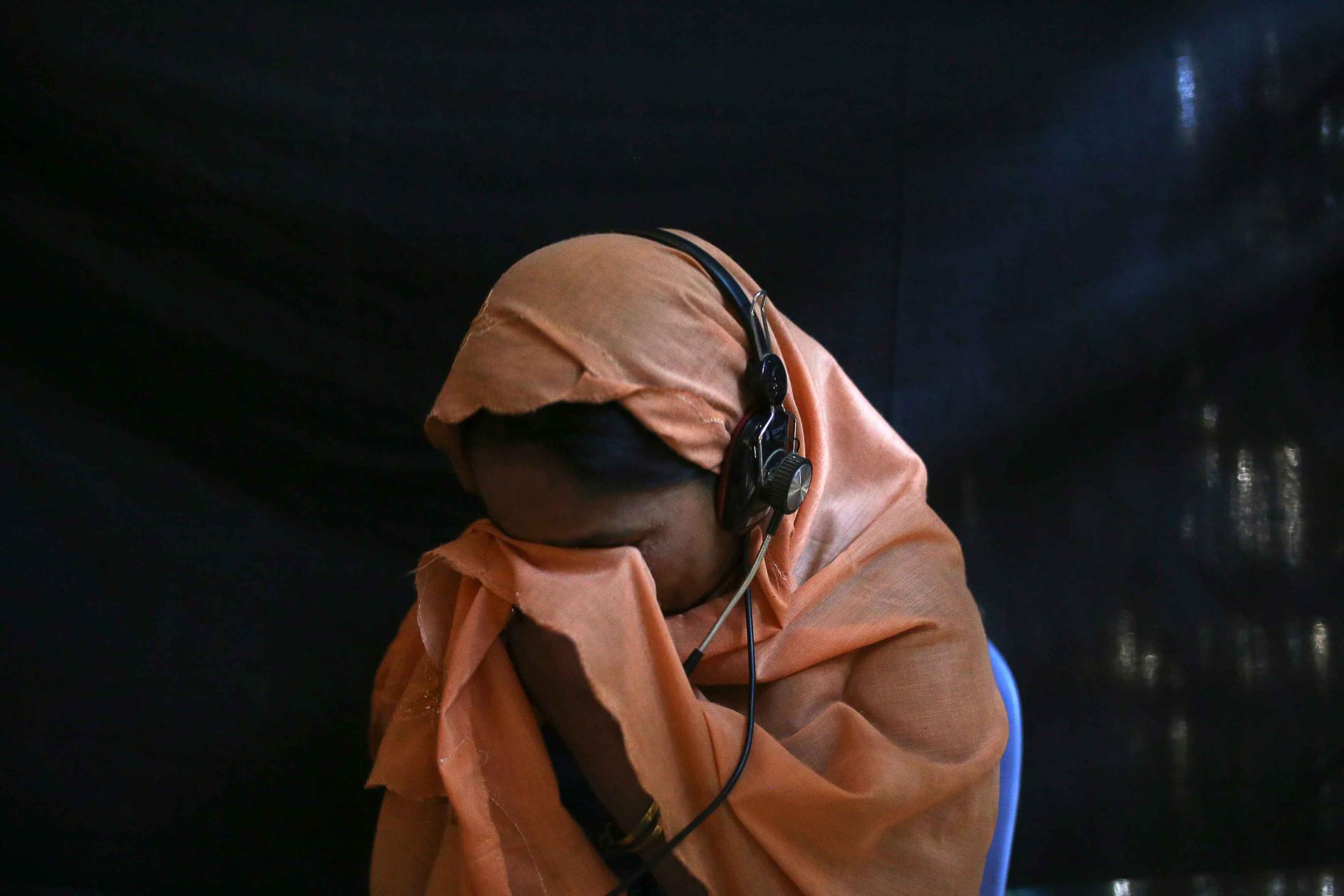
During his several days photographing the Rohingyas in Burma he found many would really try and be strong, and hold their emotions back.
"They would try and not cry in front of their loved ones," Minzayar says. "But there’s always a breaking point and they just can’t help it and start to cry."
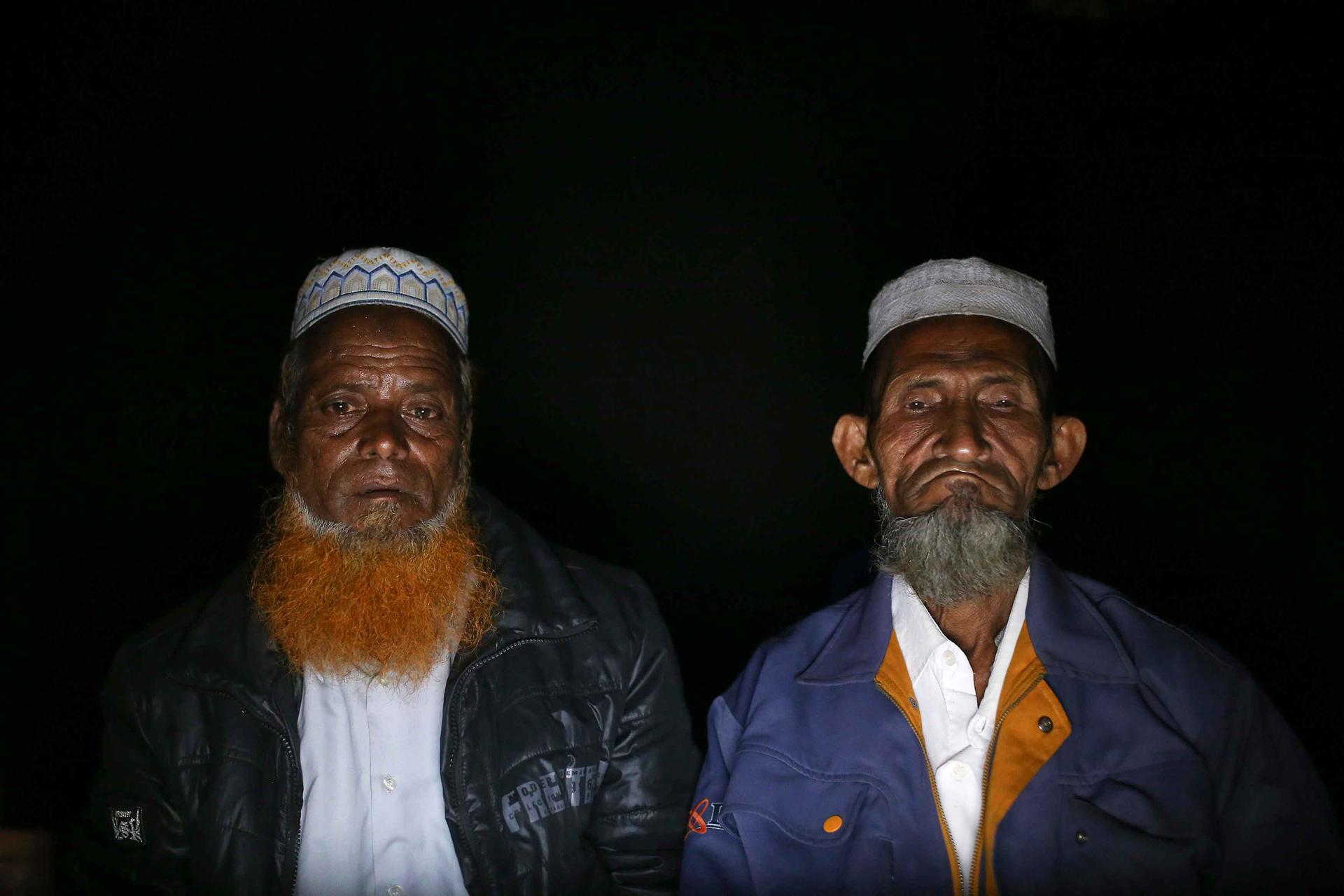
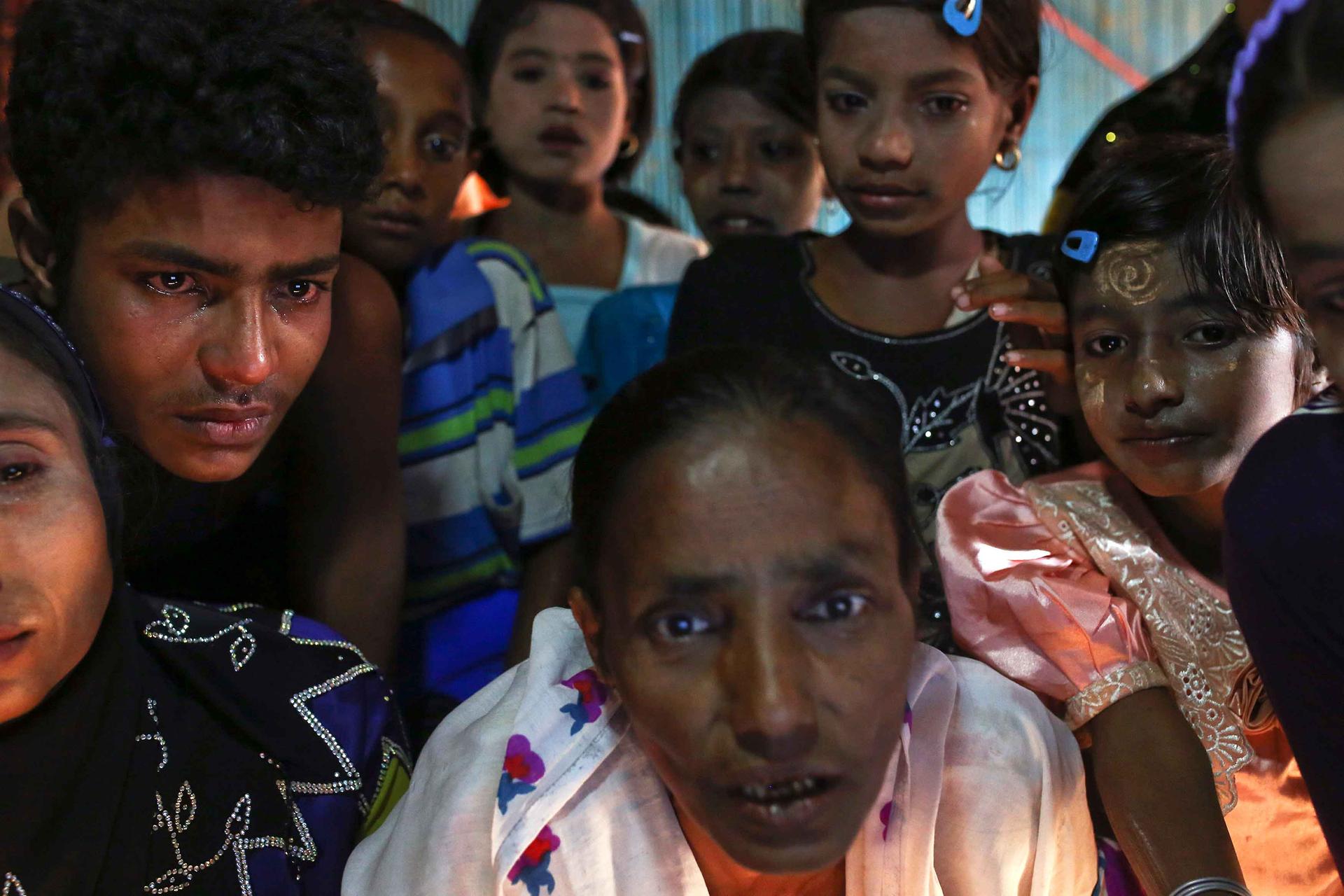
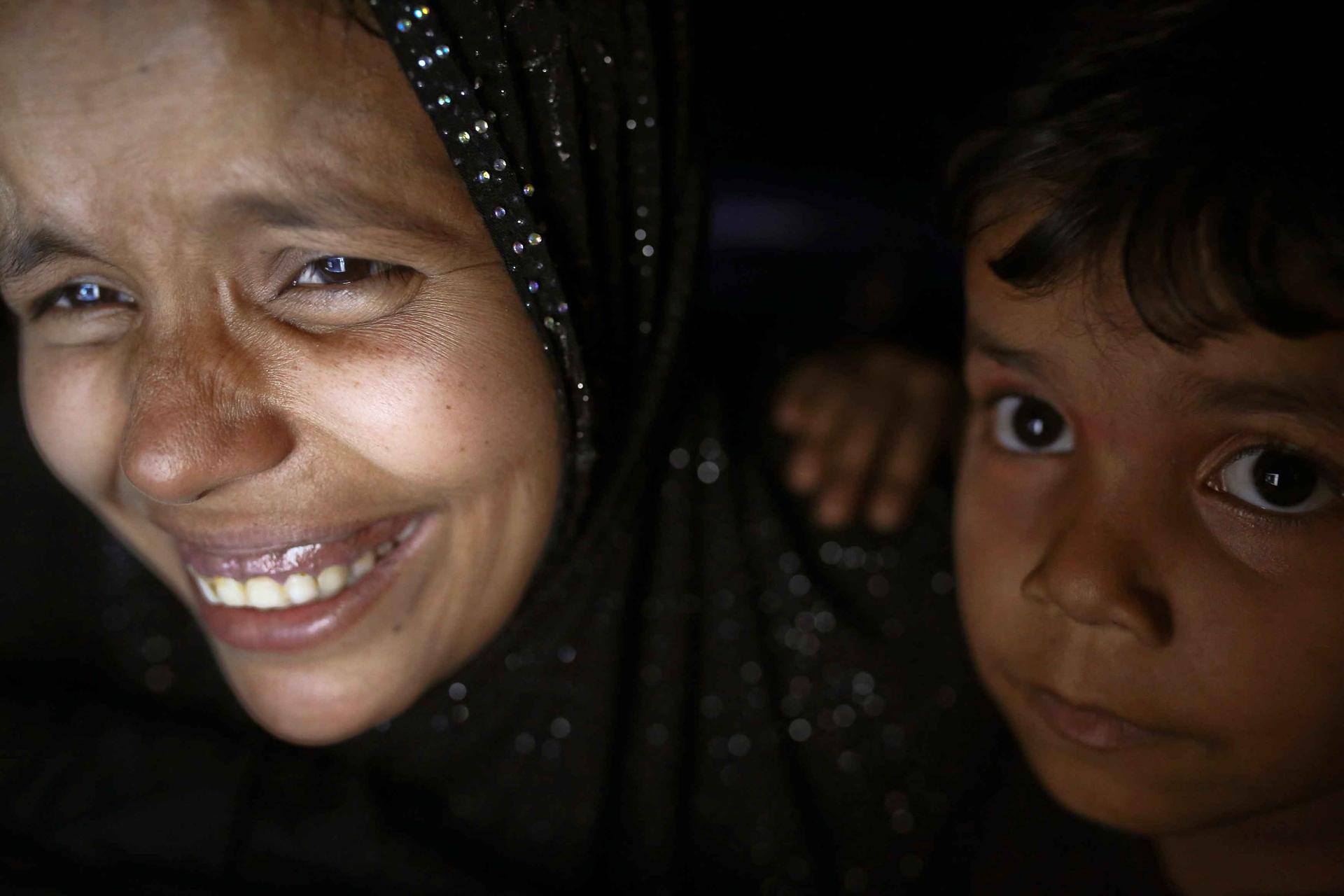
On top of all the challenges that the Rohingyas face, there's also the practical reality that there's no real privacy. Minzayar says you can hear people in the next hut. You can hear people walking past.
If neighbors are cooking, the smoke from their meal will drift in.
And, when Rohingyas are in the heartbreaking negotiations to free their family members from the clutches of human traffickers, everyone can hear that as well.
"These little huts are so close together — just a few inches in-between one hut and another," Minzayar says. "You could hear the voice from the inside of the hut and you could also hear the voice of people speaking in the hut next door. There’s no privacy. But all of this is happening every day. It can be quite noisy and people around are quite used to what they are talking about."
